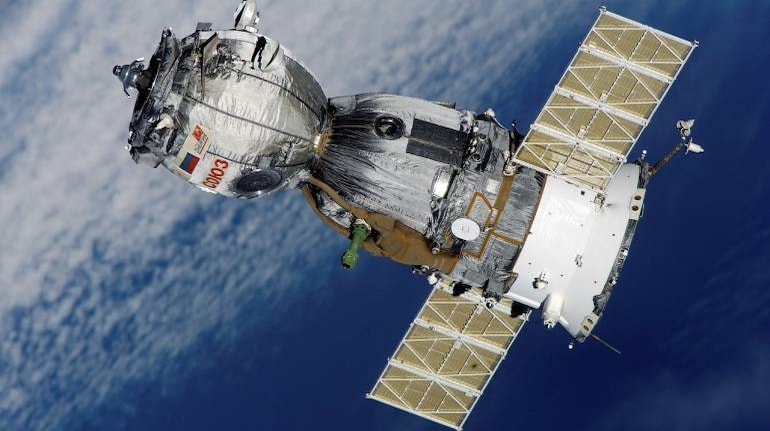



Prakash Chandra
India’s recently announced plan to launch its own space station is hardly surprising. The Indian Space Research Organisation (ISRO) has always sought new horizons. From launching satellites, probes to the Moon and Mars, and planning India’s first manned mission in 2022, it is a logical step for the agency to have a space station in orbit as well. All the more so since India has no role in the International Space Station (ISS), the only permanently manned platform in low earth orbit (LEO) which is operated by the United States, Russia, Canada, Japan and several European countries.
“Our space station is going to be very small,” ISRO chief S Sivan told the media on June 13. “We will be launching a small module and that will be used for carrying out microgravity experiments.” This is in line with today’s engineering realities where researchers study microgravity or the minimal, almost non-existent gravity environment aboard the ISS, and its effect on astronauts over a long period of time. In the early space stations Skylab and Mir, scientists focused on creating artificial gravity inside the habitation modules.
A space station is much more than a badge of technological prowess. It provides a unique research platform for scientific advances — from environmental technologies (like solar cells) to new drug discoveries — that cannot be replicated on Earth.
European Space Agency (ESA) astronauts are already training in China in anticipation of the Chinese space station Tiangong becoming operational in 2022. Pakistan, too, has announced that its first human in space will be sent to the Tiangong. Russia plans to build a successor to the Mir (which was decommissioned in 1998 after many highly productive years in orbit) even as it partners with the Americans on the Deep Space Gateway: a space station which will be a staging post for manned missions to the Moon that NASA plans to begin in 2024.
Besides national efforts of wannabe space-farers such as Nigeria, South Korea and the United Arab Emirates, the global umbrella now expanding quickly over space research and exploration will have half a dozen private space stations in orbit by 2030.
While developing international partnerships is certainly the best way forward in space exploration, it would be foolish for any country to discount the importance of having its own space station. For no matter how well a country develops its technological capabilities, it would still be hamstrung if it cannot gather in-orbit data on its own — something the big players in space have long understood. As a scientist in Bangalore told this author, “So much of data has been collected over so many years of research aboard space stations. For example, it’s very important to determine the effects of space travel on the human body as long-time survivability is a must for any interplanetary mission. Nobody will give you this data as it is vital information for long term missions in space.”
ISRO prides itself on successfully launching missions on shoe-string budgets and the space station programme may be no different (never mind the enhanced space allocation expected for the programme in the upcoming Union Budget). The agency could take a closer look at achieving frugality by drawing on technology designed by the domestic marketplace. After all, this would be nothing new. “Most of our space programmes — from the PSLV to the GSLV — already have a lot of private player involvement,” says the scientist. The idea is to have a measured collaboration depending on “the synergetic capabilities” that the programme requires from industry, where ISRO does the research to realise a technology before handing it over to private players. Chandrayaan 2 — scheduled for launch next month — is a good example of this public-private partnership.
More than five decades after the first manned spaceflight, reaching LEO still depends on ‘use-and-throw’ launchers with price tags touching $15,000 per kilogram, although new age rockets of companies such as Blue Origin, Boeing and Northrop Grumman are cutting mission costs dramatically.
So ISRO needs to develop its reusable launch vehicle (RLV) system (which is yet to be operationalised) to carry modules — building blocks of the space station — into orbit and, once assembled, ferry crew, supplies and experiments. The agency must also master technologies such as sound docking techniques, which allow two spacecraft to dock with precision, as well as develop an advanced deep space network for communications. These are some of the many challenges ISRO needs to overcome before a “20-tonne space station” can fly the tricolour in orbit.
Prakash Chandra is a science writer. Views are personal.

Discover the latest Business News, Sensex, and Nifty updates. Obtain Personal Finance insights, tax queries, and expert opinions on Moneycontrol or download the Moneycontrol App to stay updated!
Find the best of Al News in one place, specially curated for you every weekend.
Stay on top of the latest tech trends and biggest startup news.